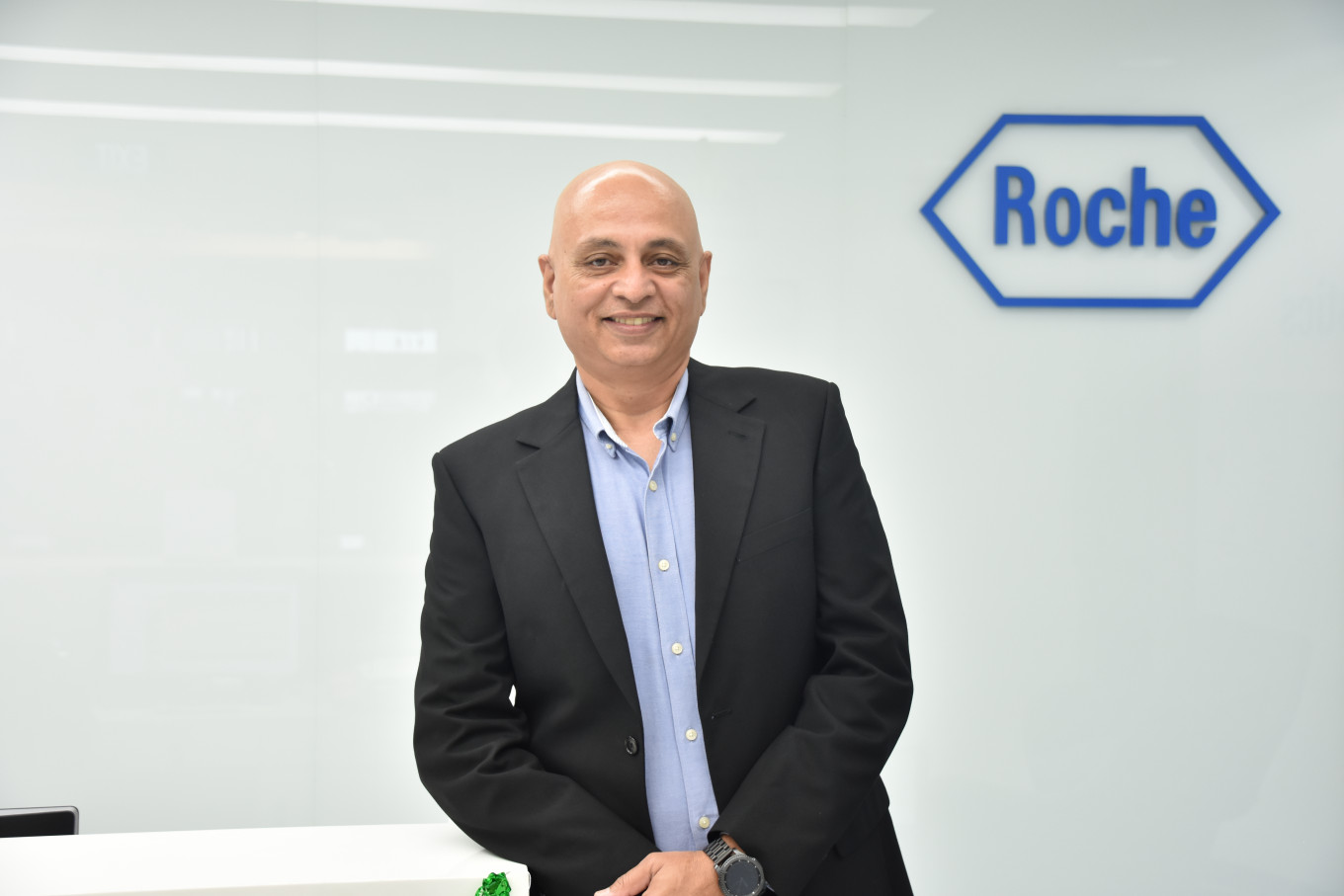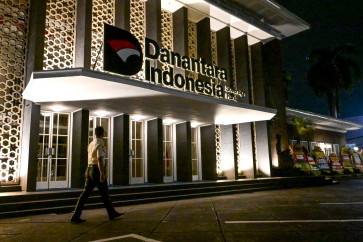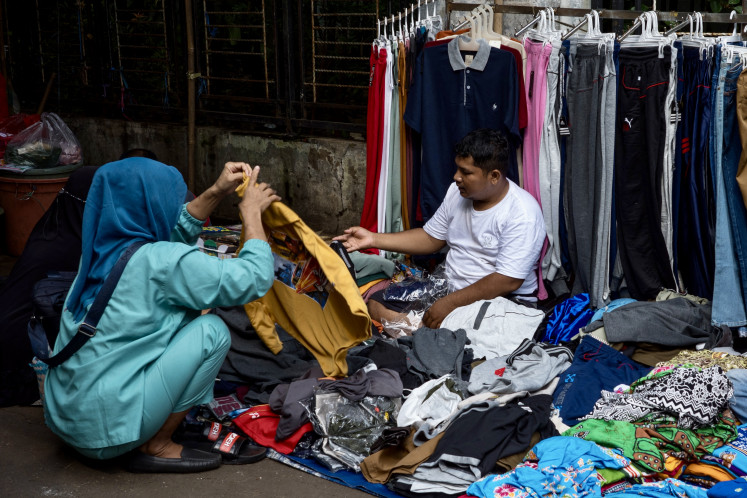Popular Reads
Top Results
Can't find what you're looking for?
View all search resultsPopular Reads
Top Results
Can't find what you're looking for?
View all search resultsRoche Indonesia says pandemic limelighted diagnostics
The pandemic has caused disruption as well as prompted innovation in the pharmaceutical industry, with Roche Diagnostics Indonesia waiting for the government to green-light its at-home COVID-19 test kits for sales and distribution.
Change text size
Gift Premium Articles
to Anyone
T
he COVID-19 pandemic has put the medical equipment industry in the spotlight as demand for fast, cheap and efficient testing rises across the globe. Pharmaceutical companies must keep up with the emergence of new coronavirus variants to produce effective test kits while facing supply chain bottlenecks, material shortages and other challenges.
The Jakarta Post’s Eisya A. Eloksari interviewed Roche Diagnostics Indonesia director and country manager Ahmed Hassan on Jan. 28 to learn about the company’s business during the pandemic as well as its at-home test kits.
Question: How has Roche Indonesia’s business fared during the pandemic?
Answer: In the second quarter of 2020, our business did not decline a lot, because companies and doctors were stocking up on medical equipment to prepare for the pandemic. But after that, there was a sharp demand decline in our blood bank and medical checkup equipment divisions.
Last year, we noted around 20 million people using our COVID-19 test kits, so whatever losses we saw in the regular business, we were able to recover with the COVID-19 testing business.
What challenges did you encounter in your business over the past two years?
One was logistics, as flights were canceled, but thankfully the government, state-owned enterprises [SOEs] and private companies helped by offering charter flights, for example.
The second was bringing Covid test kits to places across Indonesia. Some of the goods require storage at minus temperatures, so we brought in freezers and helped upgrade our distributors’ capacity.
Lastly, the semiconductor shortage has also weighed on some of our instrument production. Many of our instruments are affected in that production can be delayed from the usual 30 days to up to six months, now. We have also halted upgrades for certain products until supplies are back.
How has the fluctuating price of COVID-19 tests affected your business?
When the government put the first price cap at Rp 900,000 [US$62.84] in 2020, we reduced our prices. When it went down further to Rp 450,000, I think that was a good price, but it put a lot of pressure on the industry and labs.
At a certain level, we came up with special pricing for Indonesia, but the current price cap at Rp 275,000 is very tough.
While test numbers have gone up, our numbers have gone down, because competitors also lowered their prices. We are working with an almost negligible margin, so the COVID-19 test is more of a service now.
Can you share with us information about innovative COVID-19 tests?
We have developed kits for self-testing, which is a testing method that has been successful in Australia, Singapore, Germany and Switzerland. However, our home test kits are still in the registration process in Indonesia.
The government is worried that people might conduct the test incorrectly. They also worry about methods to dispose of hazardous materials and test reporting mechanisms. If these concerns are sorted out and the kit is registered in Indonesia, I think people will be willing to use this test.
An at-home test kit can be 50 to 60 percent cheaper than a lab test. Furthermore, it only needs a nasal sample, so discomfort is reduced compared to taking nasopharyngeal swabs.
We also have a PCR test for confirming the Omicron variant. This is a more cost-effective and time-effective process than [genome] sample sequencing.
Lastly, how has COVID-19 affected the diagnostics industry?
COVID-19 has actually put diagnostics in the limelight, an opportunity for people, companies and investors to realize the value of diagnostics. Diagnostics only make up 2 percent of global healthcare spending, but 70 percent of medical decisions are based on diagnostics.
COVID-19 has delayed some projects, as we have been focused on the pandemic for 1.5 years, but we have also trained medical practitioners and lab personnel, and I see that as an opportunity to go further.










